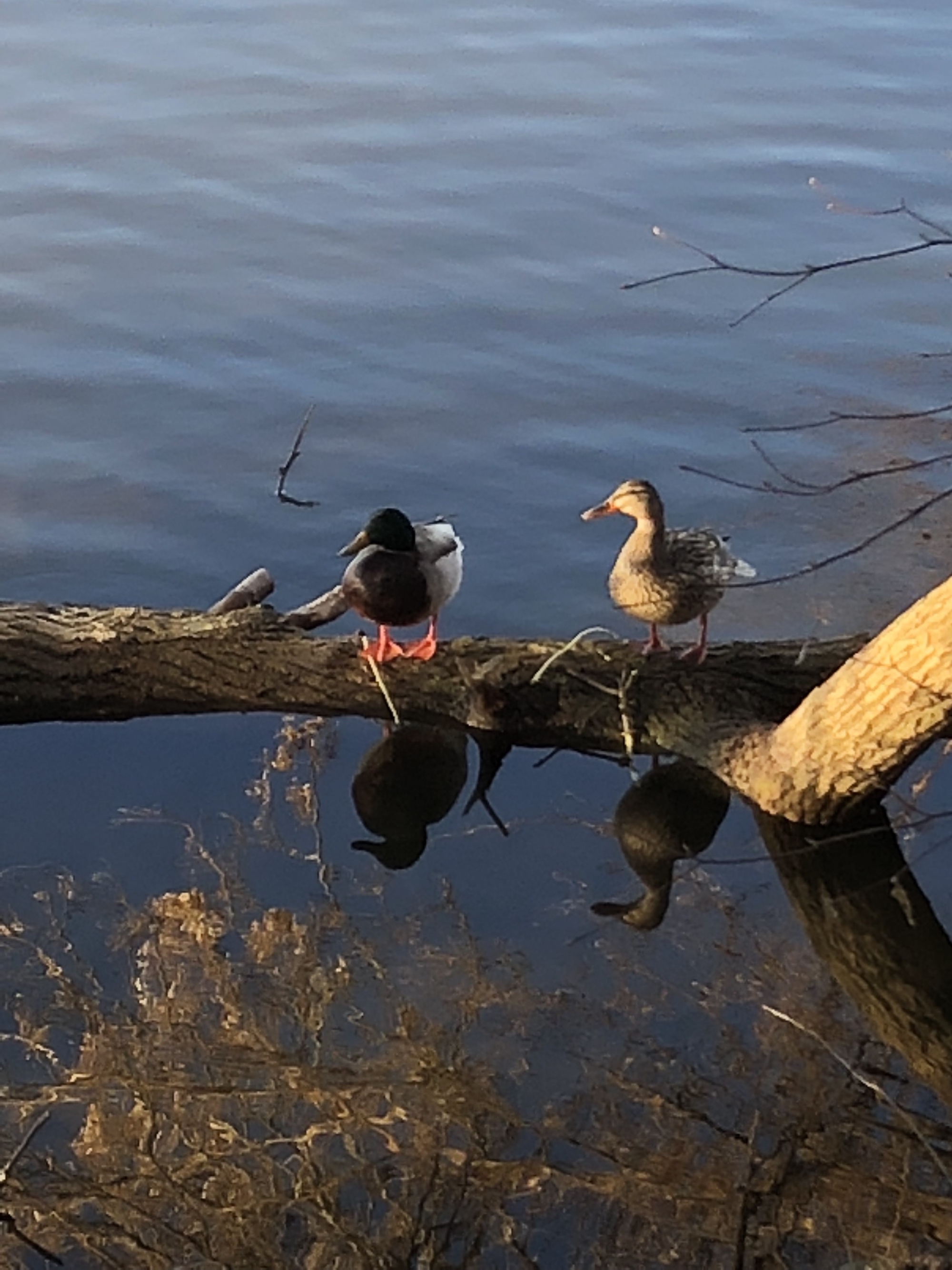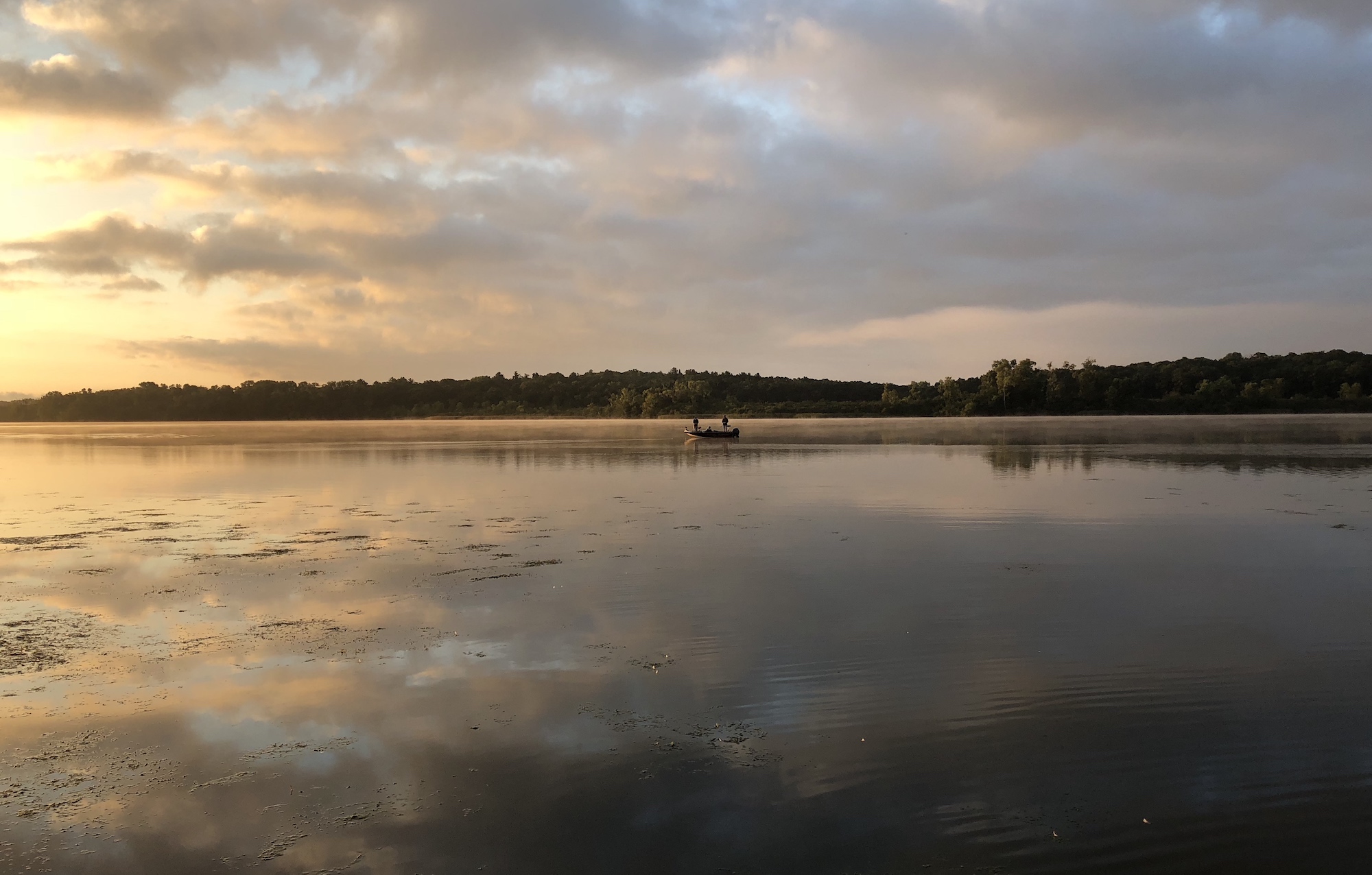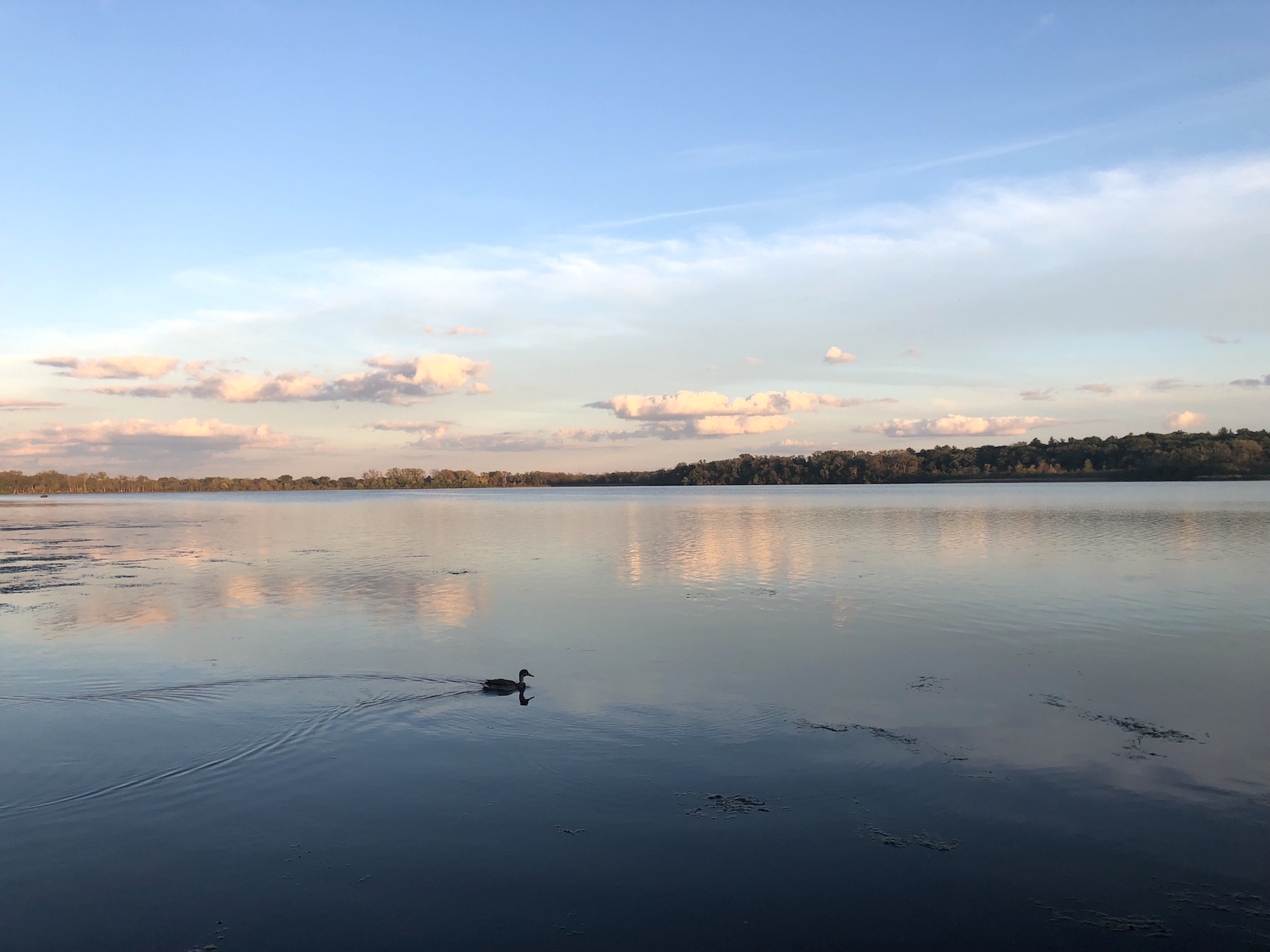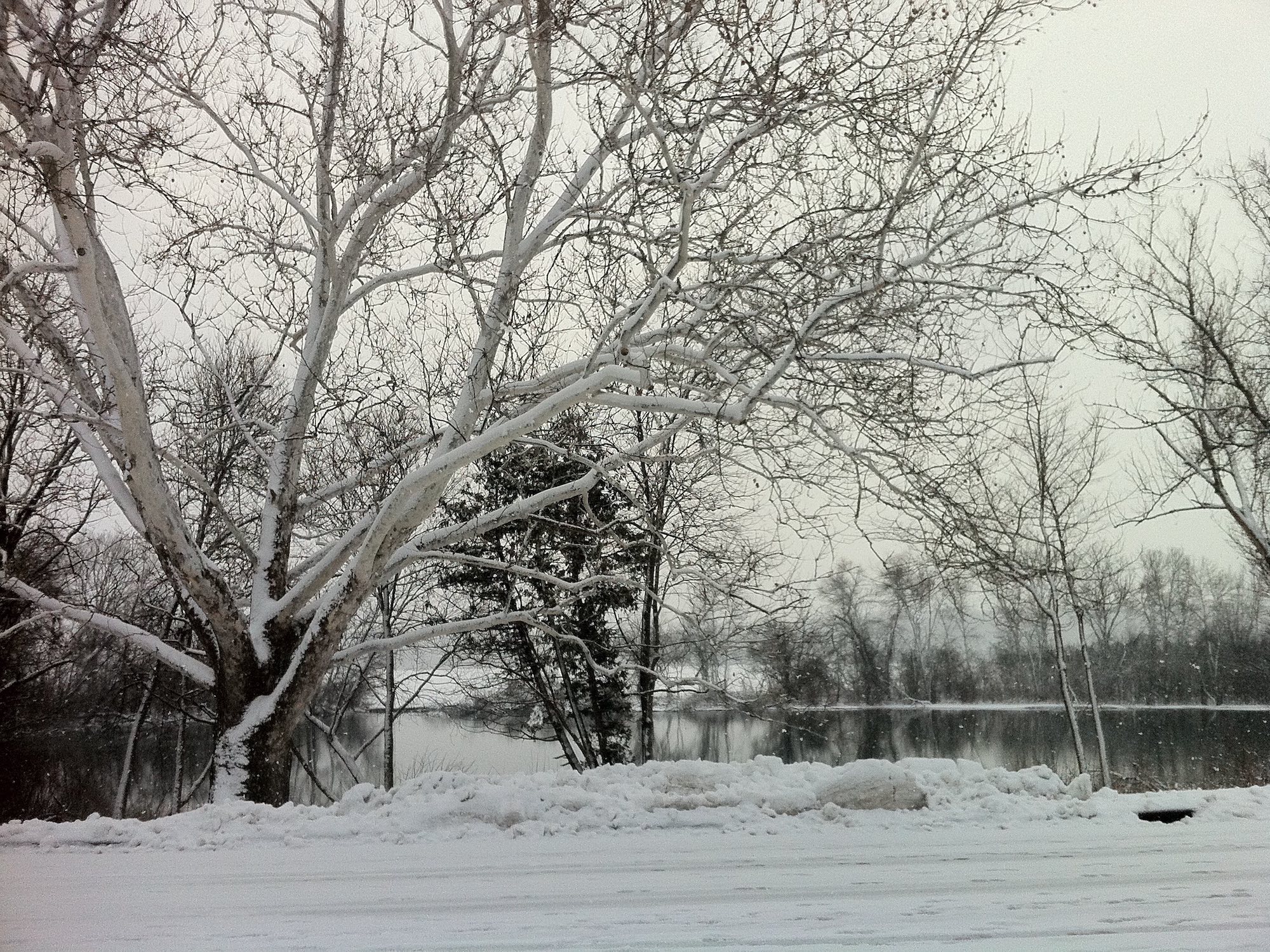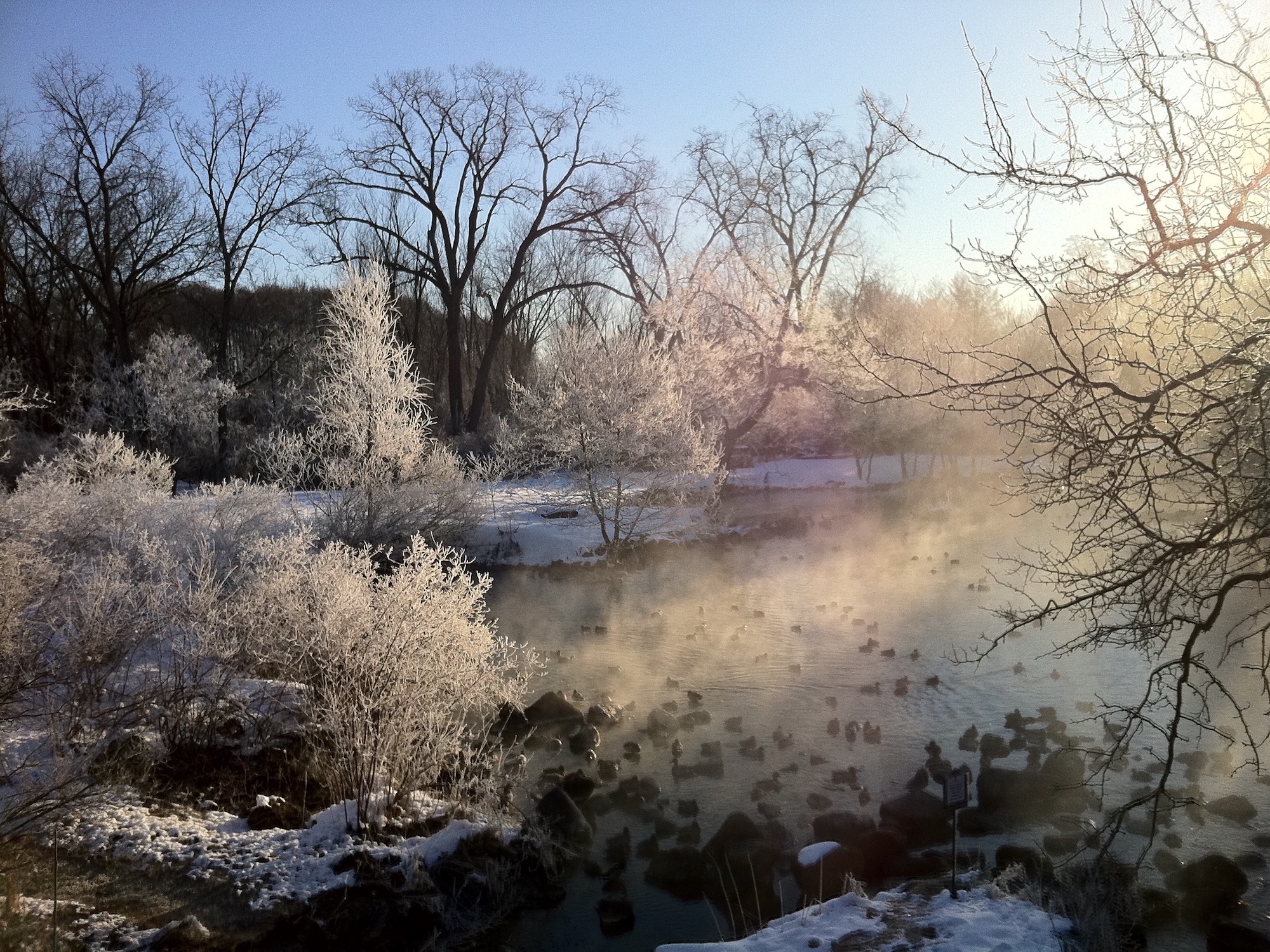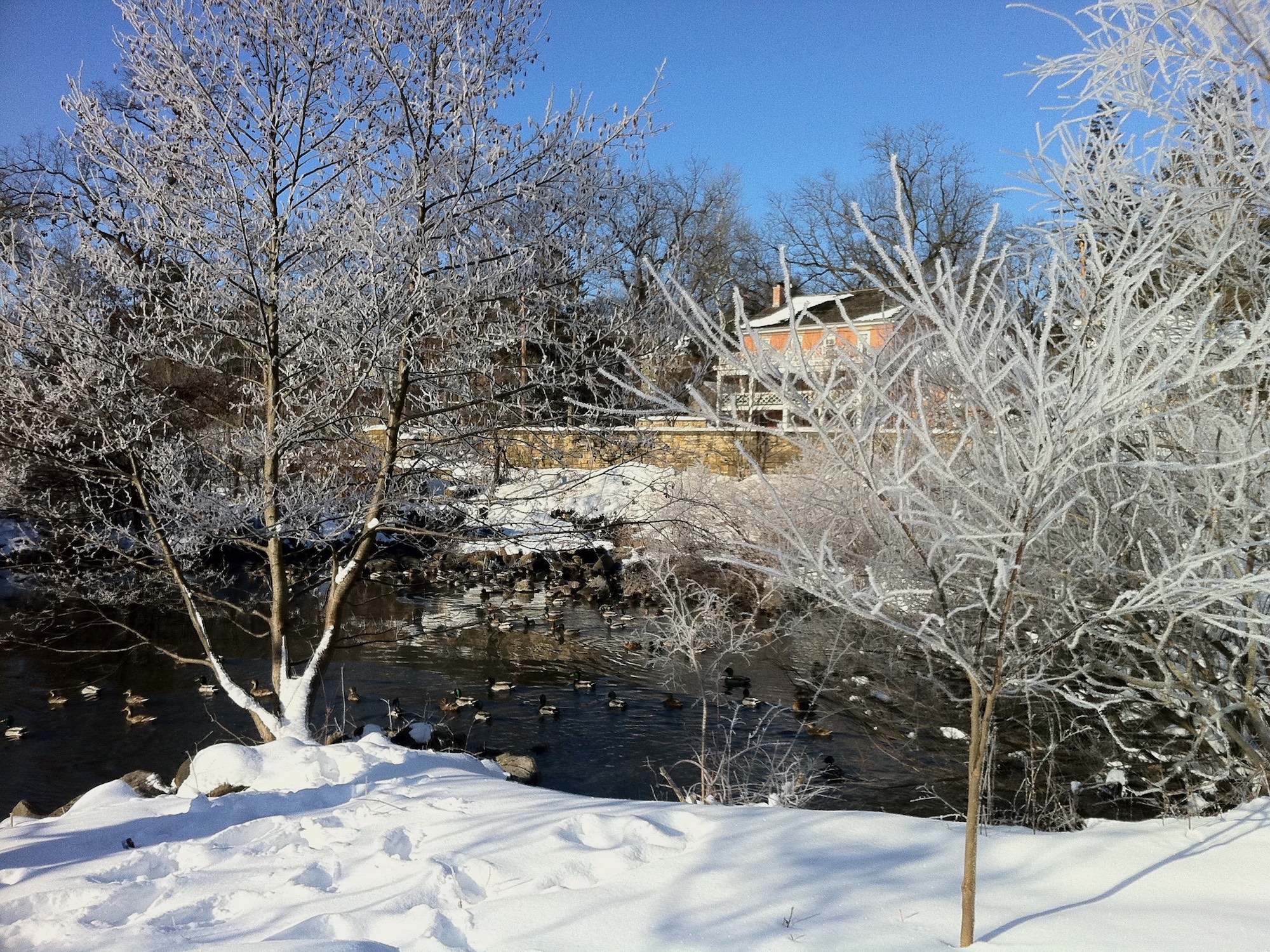
Haiku
5-7-5
Haiku Walk
Starting on December 22, 2019 (The day after the Winter Solstice)

A haiku to record a daily, morning walk with my two dogs that usually touches the shores of Lake Wingra.
Hopefully, the daily haiku will improve with inspiration and, of course, education, effort and practice.
Starting on the day after the 2019 Winter Solstice and going until the 2020 Winter Solstice – with breaks for extreme cold, illness, thunderstorms and vacations.
Also, my choice of words might be uniquely Midwestern or Wisconsin so I may call them Wiku. i.e., "Is it cold enough for ya?"
Below is my first haiku honoring Lake Wingra.
Ho-Chunk word for duck.
Spring-fed and fourteen feet deep.
City and Arb hemmed.
Kigo – a seasonal reference.
Examples:
Autumn references: Autumn, cool, brisk, crickets, coots, deer, moon, colored leaves, apples, acorn, pumpkins and corn.
Winter references: Winter, cold, coldness, bleakness, snow, ice, hoarfrost, dry leaves, muskrat, deer tracks.
Spring references: Spring, warm, melt, robin, twittering, sleet, mist, haze, frogs, apple blossoms, blossoms, bloodroot, trillium, snowdrops, dead-nettle, waterleaf and ephemerals.
Summer references: Summer, hot, sweat, sketos, barbecue, cicada, bats, zucchini, soybean fields, chicory, goldenrod, bergamot, sunflower, coneflower, allium, and grazing cows.
Senryu
In hindsight (and after being better educated) many of my haikus are actually a senryu. A senryu is of similar construction to a haiku; however, a senryu tends to be about human foibles while a haiku tends to be about nature. Also, senryu are often cynical or humorous.
